The nature, size, and political significance of prisoner exchanges between Ukraine and Russia have evolved significantly over the three and a half years of the full-scale war, accelerating sharply in recent weeks.
While ceasefire and peace negotiations have gone through periods of halts and bursts, increasingly institutionalized prisoner exchanges are one of the few enduring areas of direct cooperation between Ukraine and the Russian Federation.
On average, Ukraine and Russia exchanged 135 prisoners — mostly military, but with a sizable civilian component – each month from February 2022 through May 2025 (excluding the planned 1,000 for 1,000 exchange that began on May 23). But a deeper inspection of the data reveals a number of meaningful trends.
Prisoner exchange numbers have surged — 277 individuals changed hands in April, and this weekend alone, 1,000 brave Ukrainians will come home. The picture is unrecognizable from last year, when prisoners were only returned on special occasions and holidays. Prisoner exchanges have been shaped by competing (and sometimes mutually exclusive) priorities including backchannel logistics, battlefield developments, and geopolitics. New data collected by KI Insights, an analytical research unit backed by the Kyiv Independent, gives a look behind the curtain into the institutionalization of prisoner exchanges.
The full-scale invasion brought two meaningful institutional changes to prisoner exchanges. Firstly, Russia became an official party to the conflict, creating room to directly engage in negotiations. (Before the full-scale invasion, the Russian Federation denied its involvement in aggression in Ukraine, and negotiations were done through Russian-backed proxies in occupied Donetsk and Luhansk oblasts.)
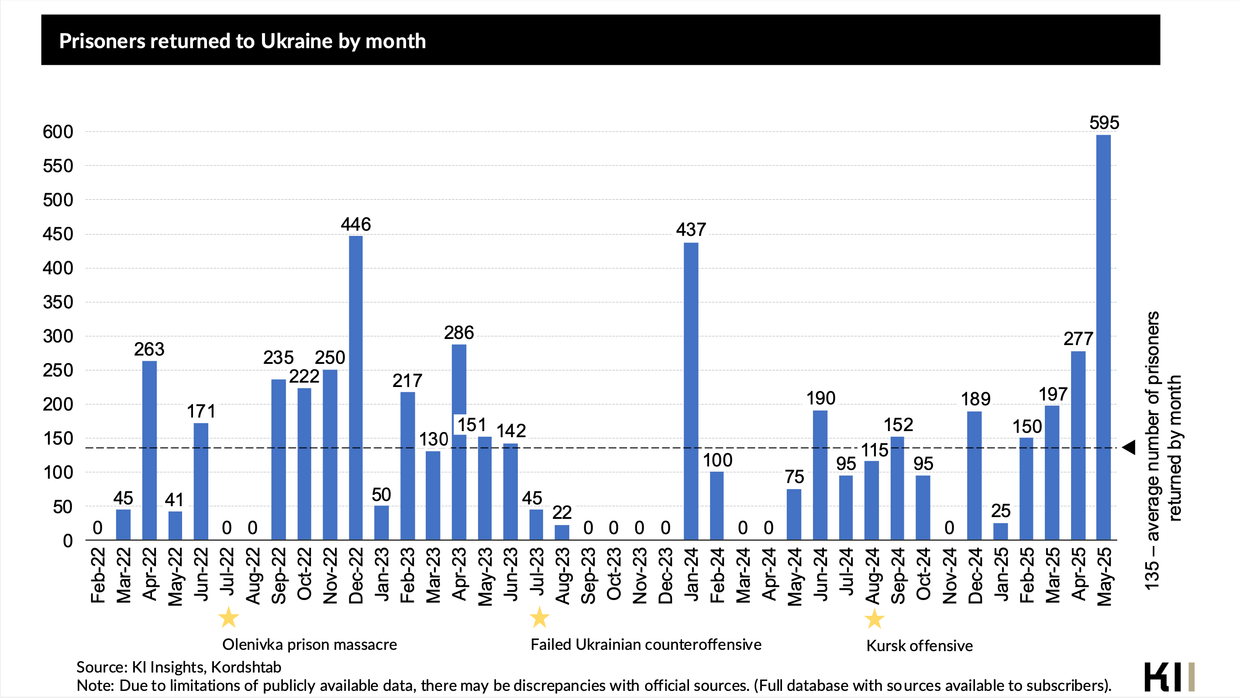
Secondly, Ukraine created the Coordination Headquarters for the Treatment of Prisoners of War, an interagency working group created by the Cabinet of Ministers in March of 2022, which is responsible for prisoner exchanges. Since its creation, the Coordination Headquarters has gone through meaningful changes. Roles and responsibilities have changed hands, priorities have been defined, and each agency has a specific process it is responsible for. Kyrylo Budanov, leader of the Coordination Headquarters (since June of 2022, taking over from Iryna Vereshchuk) and Ukraine’s chief of military intelligence, has successfully turned prisoner exchanges into an institution.
Data collected by KI Insights demonstrates the impact of institutionalization. The average number of prisoners swapped per exchange has steadily increased, growing by approximately 50% each year. The number of swaps, however, has been inconsistent, with frequent breakdowns until late last year. In 2022, an average of 50 prisoners were returned to Ukraine per exchange. In 2025, the number has risen to more than 200, with this weekend’s exchanges driving the number higher.
The Istanbul negotiations failed to achieve a ceasefire, proving once again, Russia does not want peace. But for the prisoners who returned home, they were meaningful. The exchange also underscores an interesting dynamic of this war. There are lines of communication between Ukraine and Russia, and enough trust between officials to work together to return prisoners home. That is significant — the current frontline in Ukraine is more than 1,200 kilometers long, and any ceasefire will require significant amounts of communication and trust between Ukrainian and Russian officials.
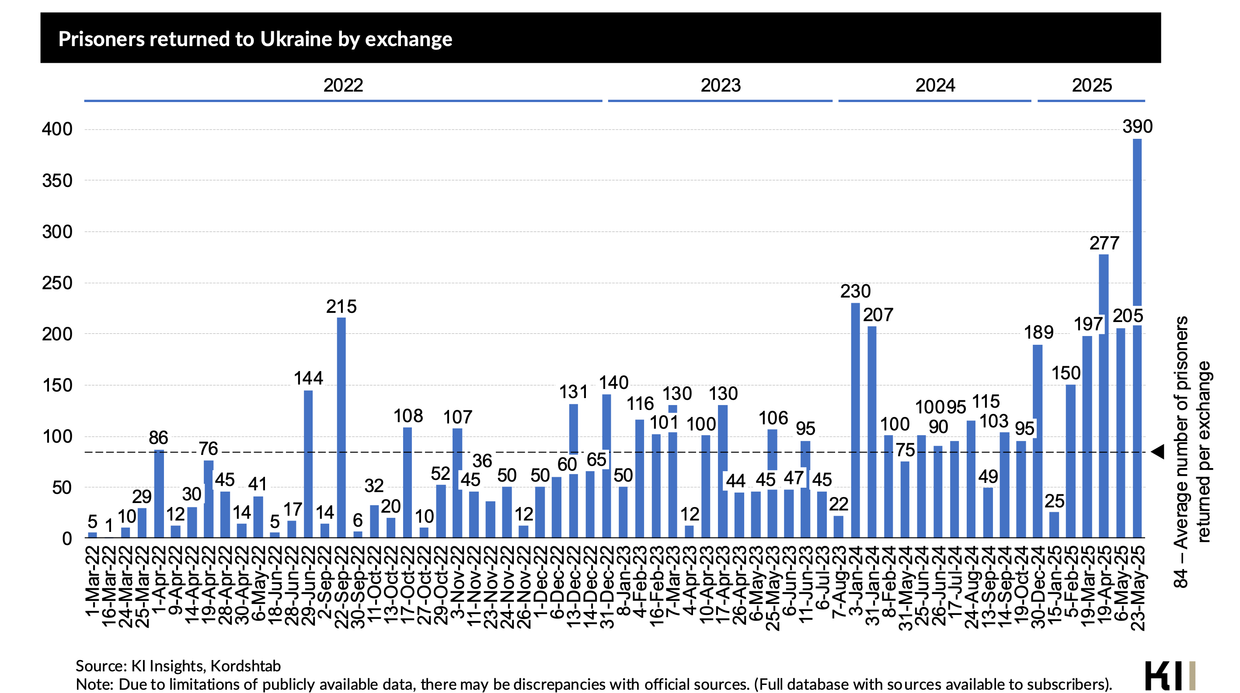
Russia has broken off prisoner exchanges at key points over the war, often when Russia thinks it can inflict maximum psychological damage. Following the siege of Mariupol and Ukraine’s unsuccessful counteroffensive, Russia froze prisoner exchanges. Russian soldiers also tortured and killed Ukrainian prisoners of war at Olenivka Prison and on the battlefield. Refusing to return prisoners is a tactic Russia uses to exploit existing divisions in Ukrainian society and exploit the pain of families of the imprisoned as a political resource.
For Russia, prisoners are resources — for psychological warfare and for bargaining. While pressure from the United States hasn’t brought Russia to the table for a ceasefire, it likely has caused Russian President Vladimir Putin to make a show of reasonableness by agreeing to a prisoner exchange.
The latest exchange is historic and could be a tipping point that helps U.S. President Donald Trump realize that U.S. pressure on Russia makes a difference. It could also solidify the shadowy infrastructure built between warring states and set the stage for an all-for-all prisoner exchange. Maybe it could, as Trump puts it, “lead to something big???” Even if it doesn’t, it is a battle won on the road to returning Ukrainians to Ukraine.
BREAKING: Ukraine, Russia hold largest prisoner swap since start of Russia’s war
President Volodymyr Zelensky said on Telegram that 390 Ukrainian prisoners had been exchanged as part of the first stage of the swap.

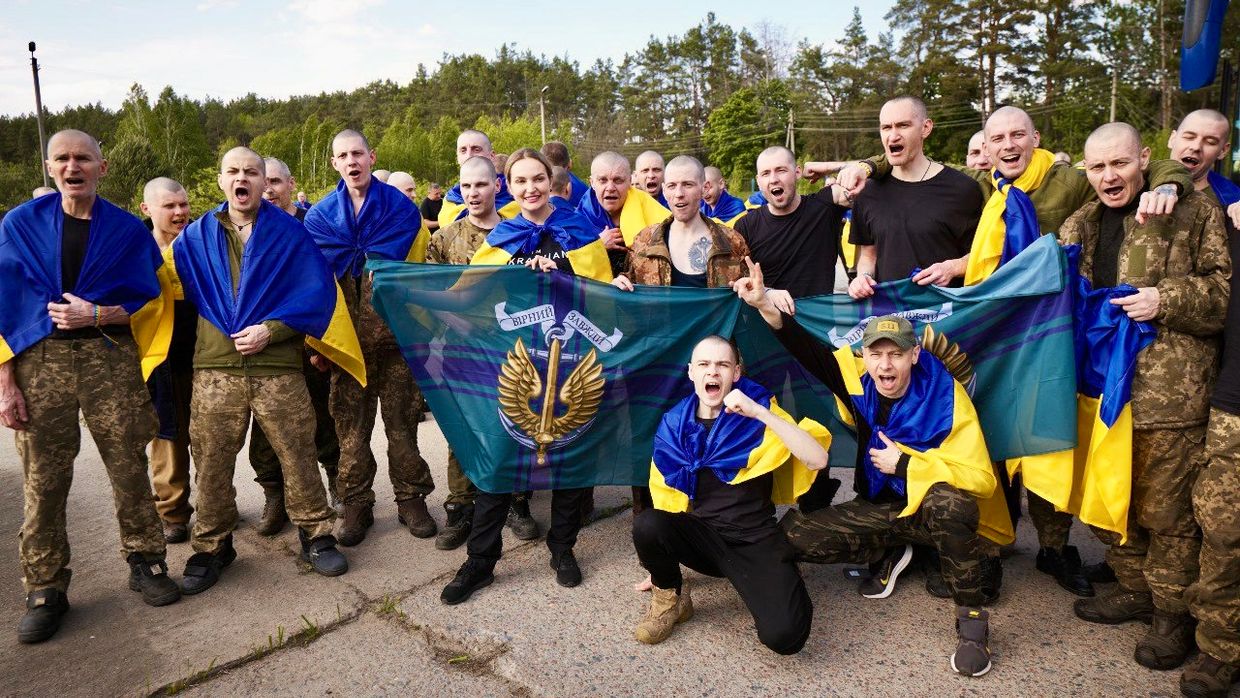

.png)
 German (DE)
German (DE)  English (US)
English (US)  Spanish (ES)
Spanish (ES)  French (FR)
French (FR)  Hindi (IN)
Hindi (IN)  Italian (IT)
Italian (IT)  Russian (RU)
Russian (RU)  1 day ago
3
1 day ago
3
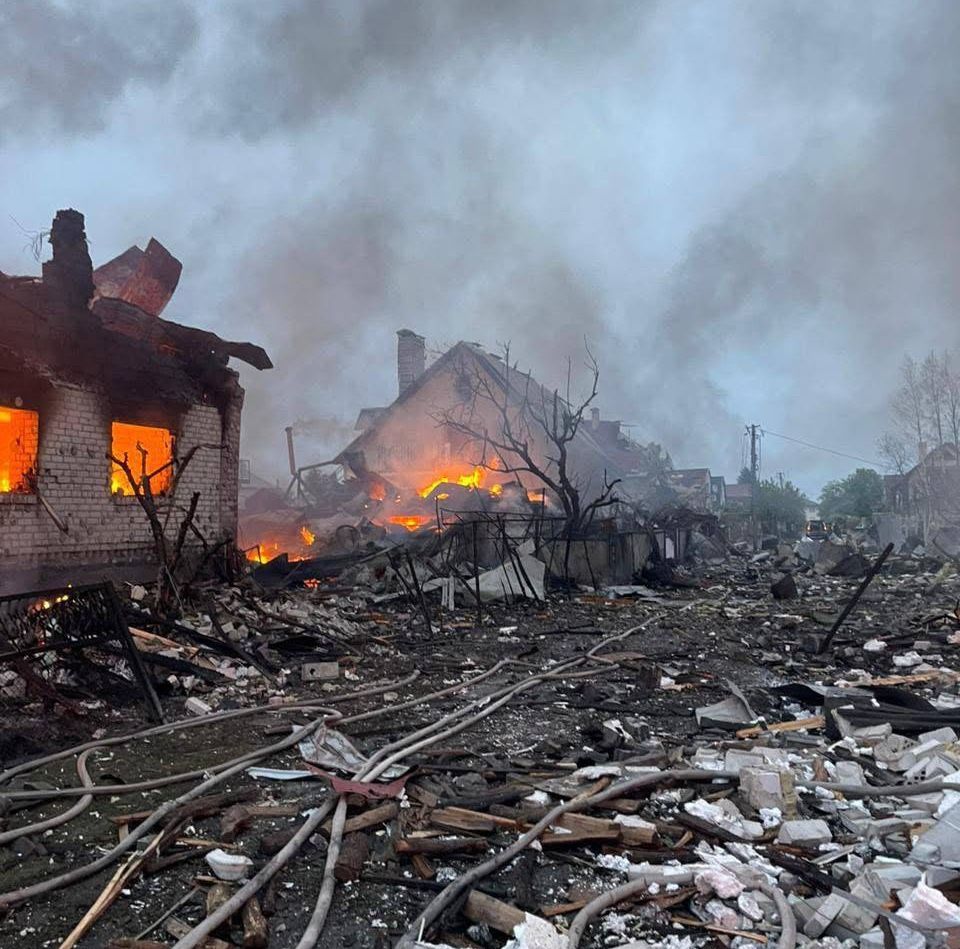
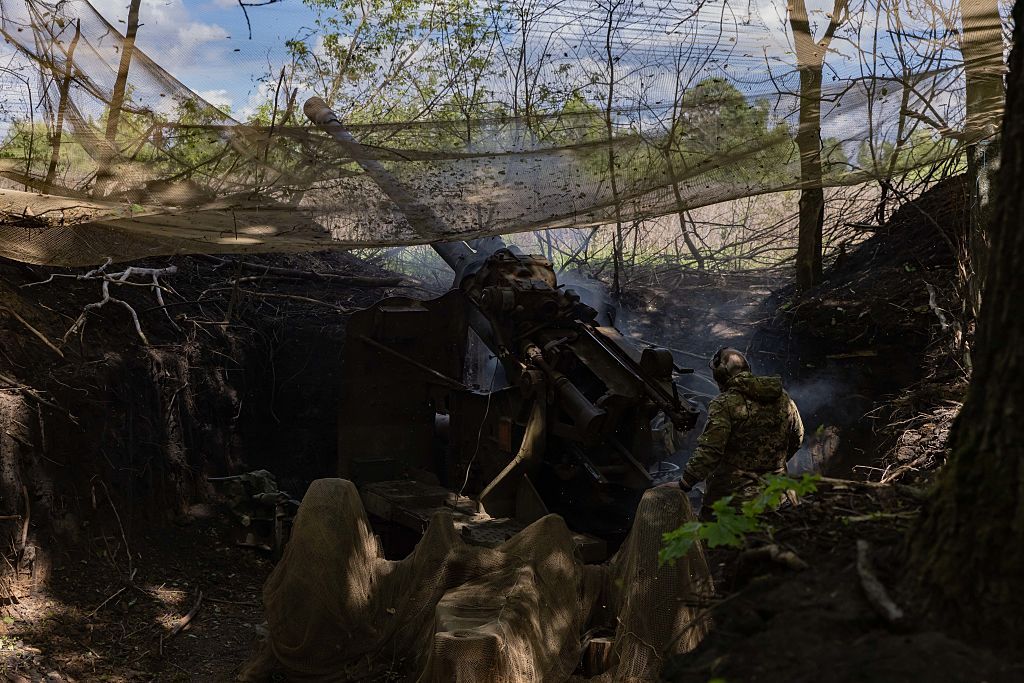
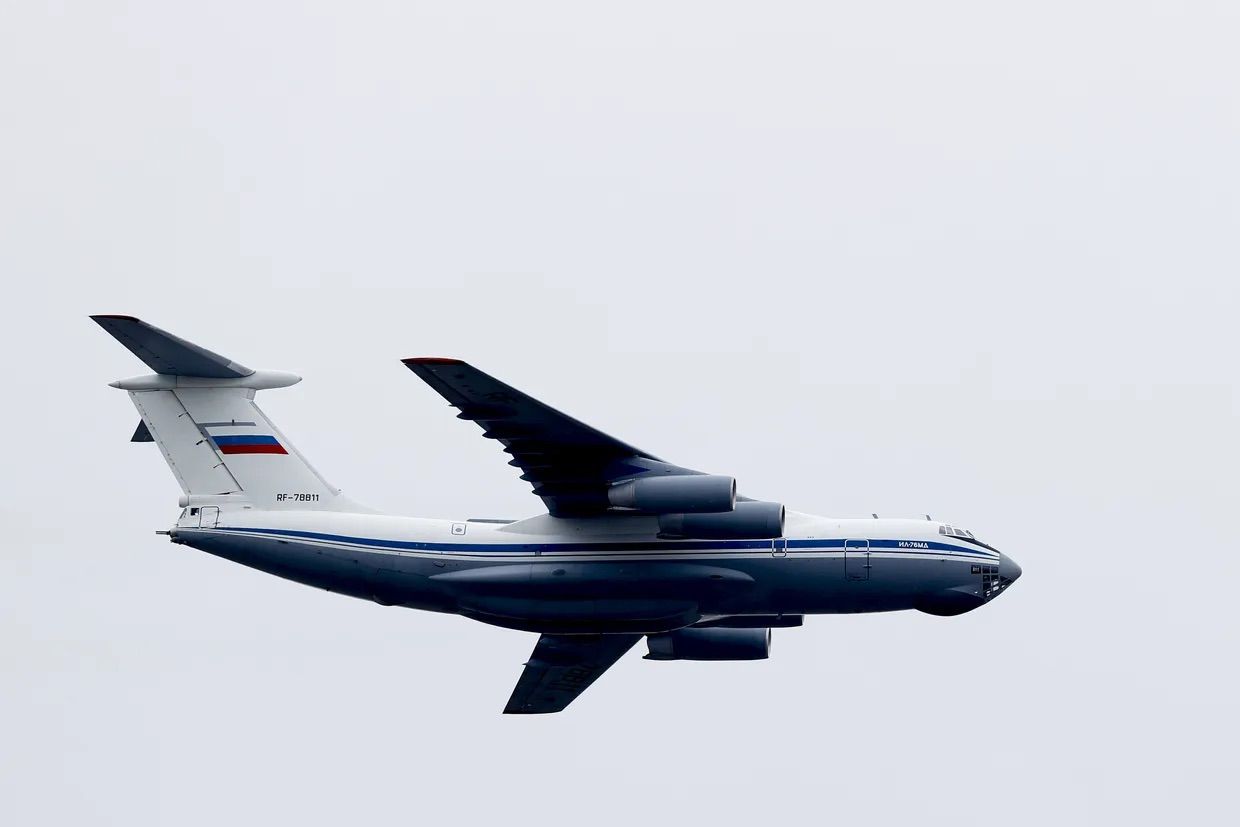
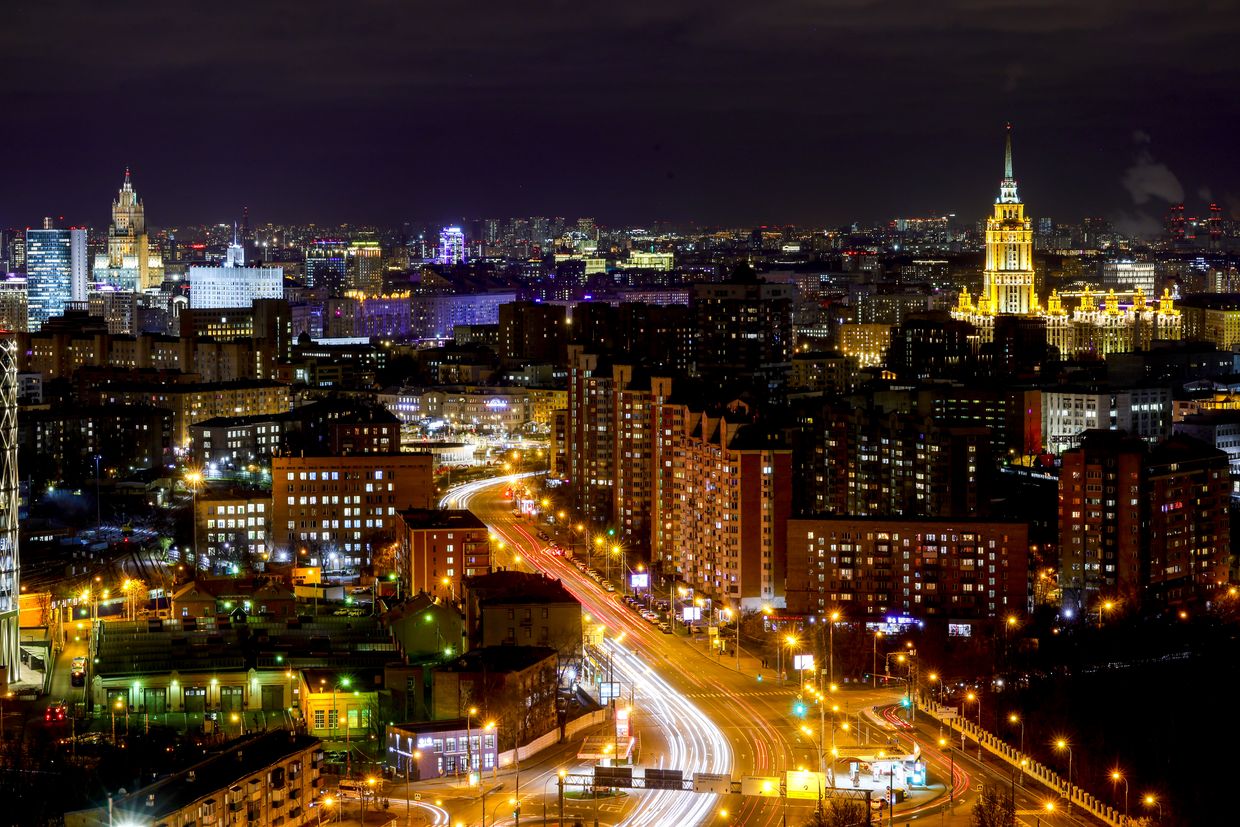
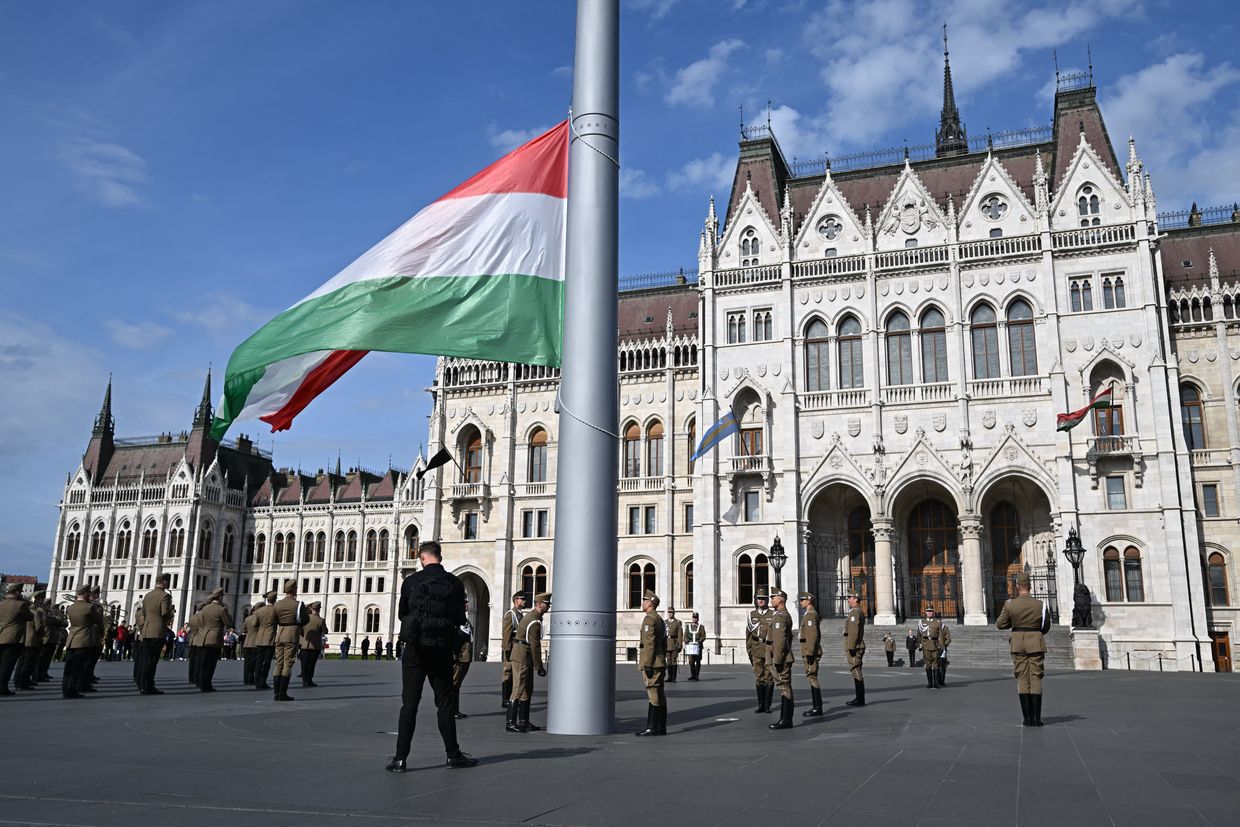
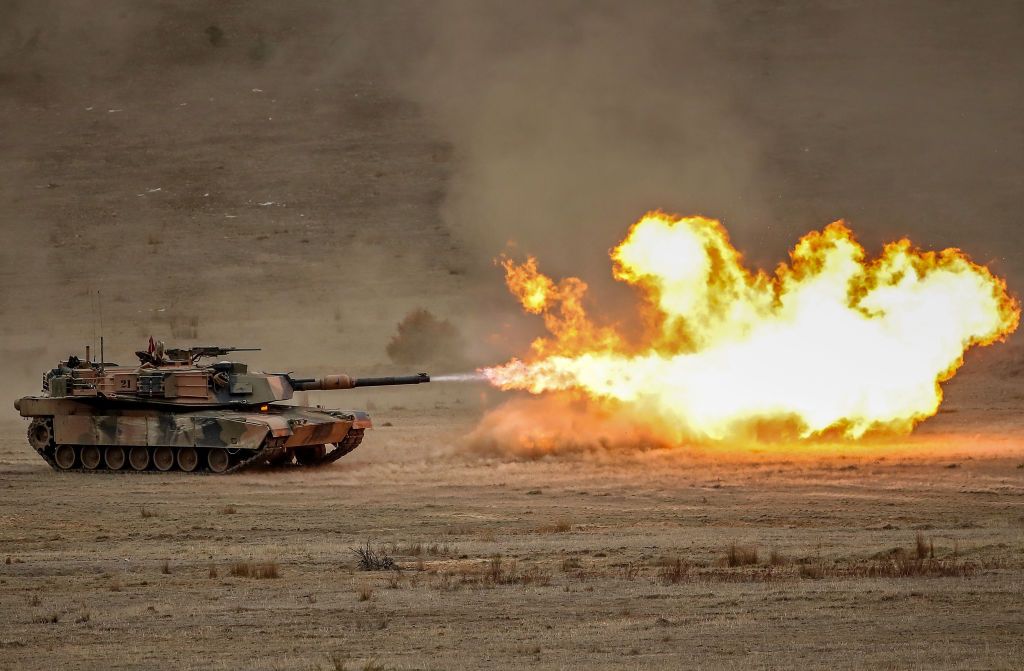


Comments